Each month, Bob profiles an exceptional mobile photographer currently producing notable work across a variety of subjects and employing a broad range of techniques. Some will be well known within the mobile photography world (exhibiting and selling their work), and others are gifted aficionados of the craft.
Liu Kunkun is a Chinese artist/photographer whose iPhone photography to date focuses primarily on architecture. Like the work of many representatives of the early Düsseldorf School of Photography, Kunkun’s work is dispassionate, observational, distant, and concerned largely with form. But unlike their work, the formal beauty, use of color and deliberate framing of each of his pieces seeks to reveal the essence of the chosen subject, rather than simply recording an architectural detail. In nearly every image, the play of line, light and shadow is integral to the composition. For this viewer at least, a sense of joie de vivre is a common reaction to each of these pieces.
BW: Please share your personal history/life story and professional background, and how you came to develop an interest in photography.
LK: I am a visual artist from China. I have strong interests in city development, the exploration of identify and surrealism as they relate to photography. Photography is one way for me to explore the world and express himself and share my thoughts and ideas.
I have won several photography prizes or received honors in MPA (Mobile Photography Award), IPPA (iPhone Photography Awards), IPA (International Photography Awards), PX3 (Prix de la Photographie, Paris), SWPA (Sony World Photography Awards), PhMuseum and other international photography contests.
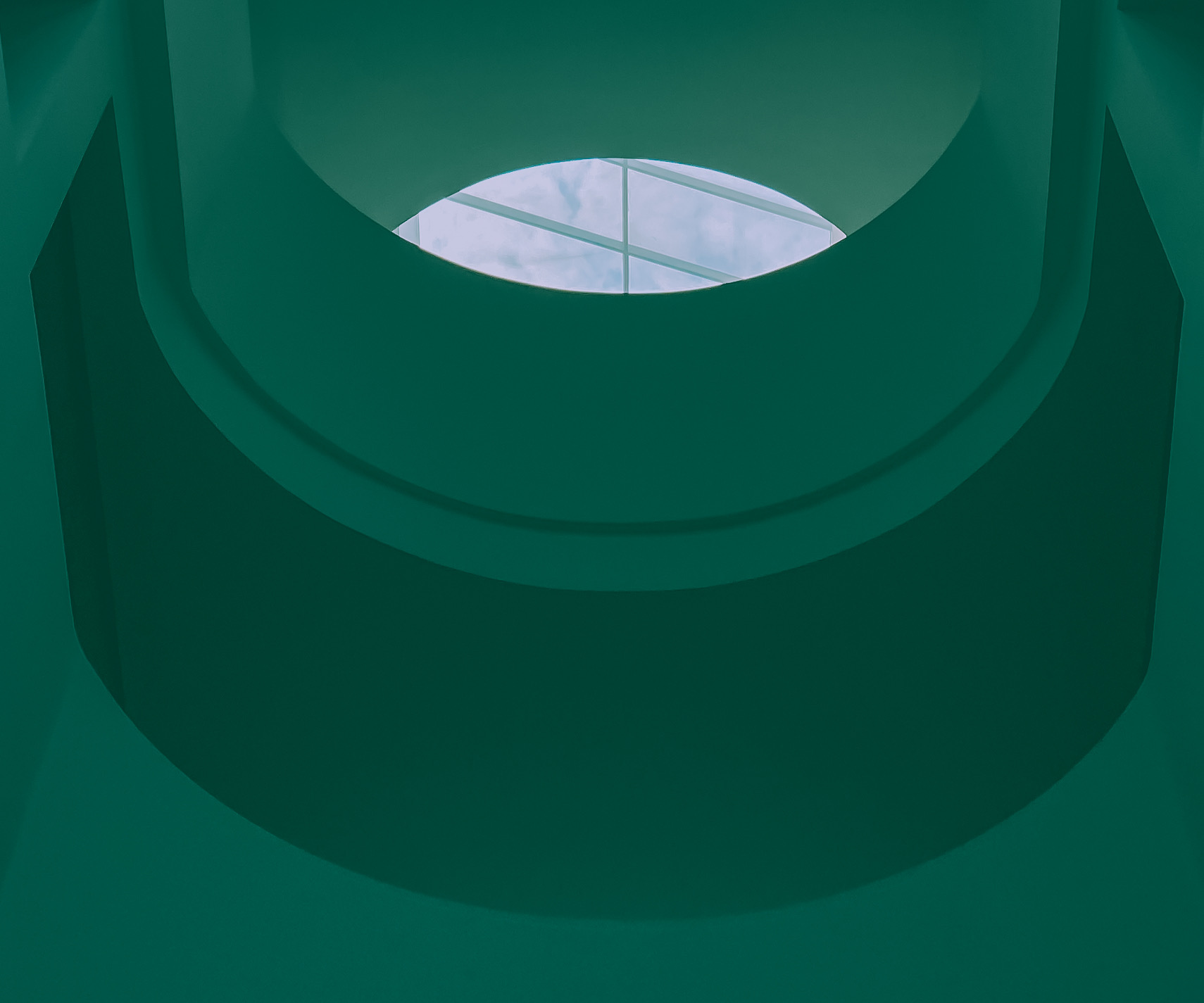
My work has been exhibited in China, Britain, France and Italy. My photos were also included in the photo book “in the Sun on the moon, …” which was published by the PhMuseum Lab (Bologna, Italy) in 2022.
BW: How did you come to use mobile devices in place of a camera?
LK: A mobile device is just one of my options for taking photos. I enjoy capturing images in my daily life, and compared to traditional cameras, mobile devices are more flexible and portable. I generally use an iPhone.

BW: Are there other ways in which you express your creativity/vision?
LK: Yes. Besides photography, I do some graphic design and video as part of my work.

BW: What inspires you?
LK: Generally speaking, the meanings implicit in the photography of others inspire me. Besides that, wonderful light, color and intricate geometric shapes are some other important factors that I find inspiring. I hope that my photos not only look appealing, but reveal more and more content as they are viewed.
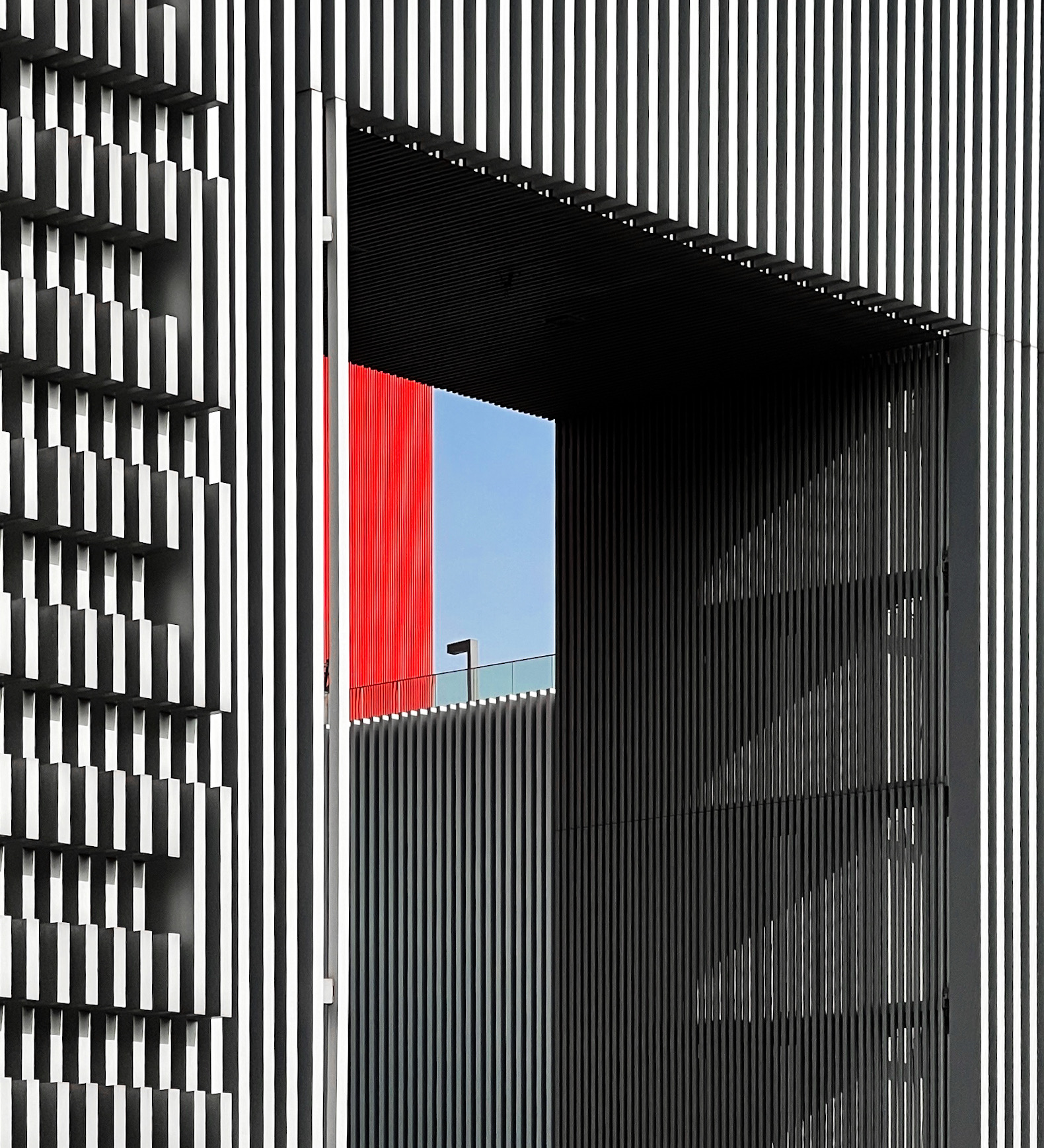
BW: Are there any specific design periods, photographers or artists who have had an influence on your work?
LK: I can’t point to any specific periods, but rather I draw inspiration from a wide range of styles and approaches. Actually, I study lots of works by numerous other photography artists working in different fields, and learn from their experiences, their creative concepts and other aspects of their work. As a photographer, I think I’m still exploring the possibilities of my art, and not currently focusing solely on any specific style or photographic category.

BW: What are you trying to communicate with your work?
LK: I hope to build a connection with my audience and arouse their imagination. Sometimes, I find myself thinking that what I want to communicate is not the most important thing. It’s great if the audience can come away with their own personal understanding of the work but notions of a surrealistic, quasi-utopian human identity and world are the general topics I focus on.
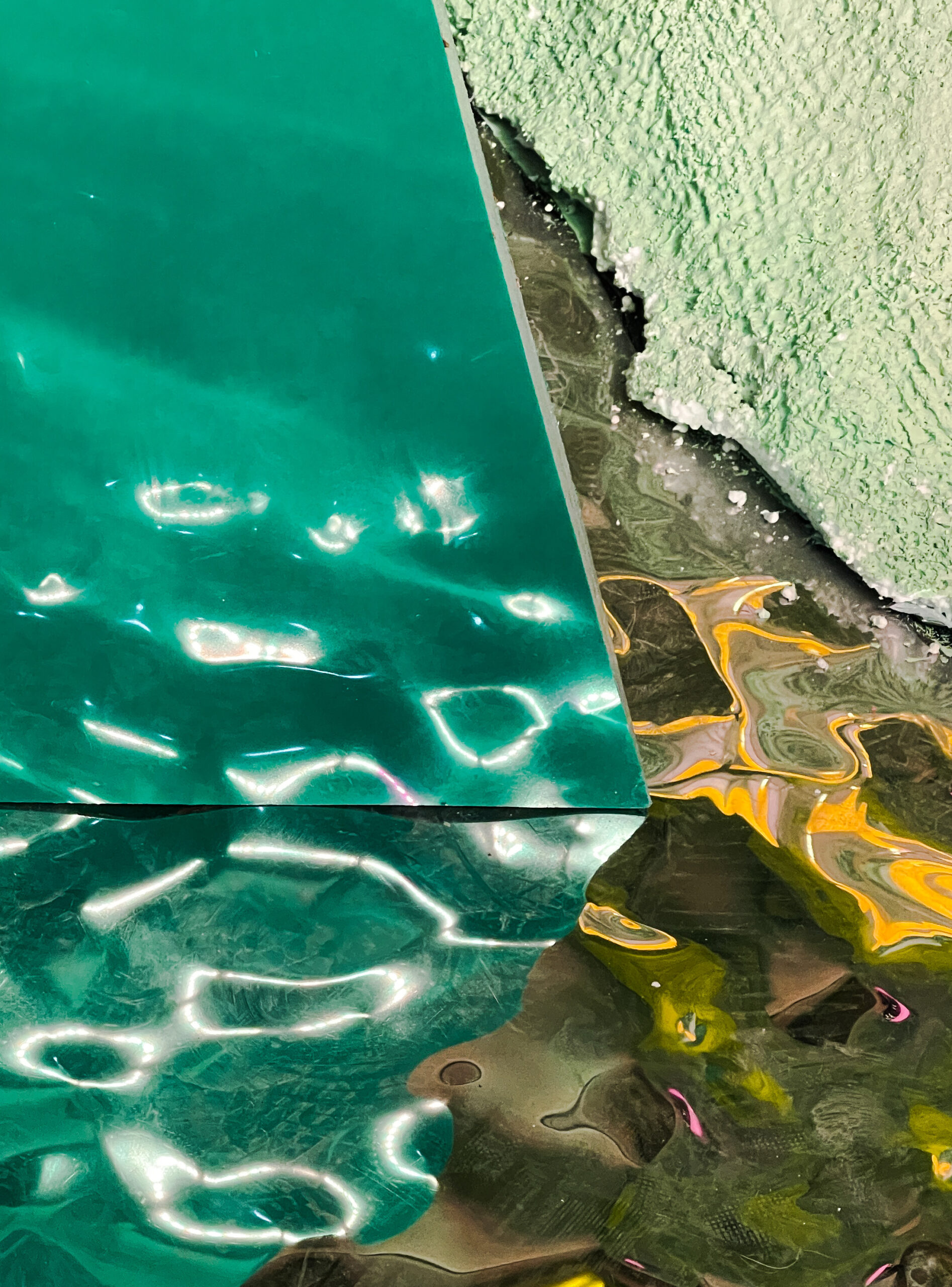
BW: How do you know when a work is finished?
LK: It depends on what sort of image I’m working on. Generally, I have a comprehensive plan with a clear timeline, structure, and storyline or concept. If my work fulfills this plan or goal, I would consider it to be complete. But sometimes ongoing work on larger projects could bring more ideas or self-reflection, I will slow down to review or revise previous plans and revise/recalibrate as needed. Then I will move it forward. If the work just involves the creation of a single photo, it’s much more straightforward – if the completed picture effectively represents what I expected to communicate, it would be considered final.
But once I start to edit photos, I’m almost never satisfied with the first version. So, if I haven’t achieved my goal for the piece, I stop working, and pick things up the next day. This generally does the trick, and often I realize the previous day’s work was good as well.
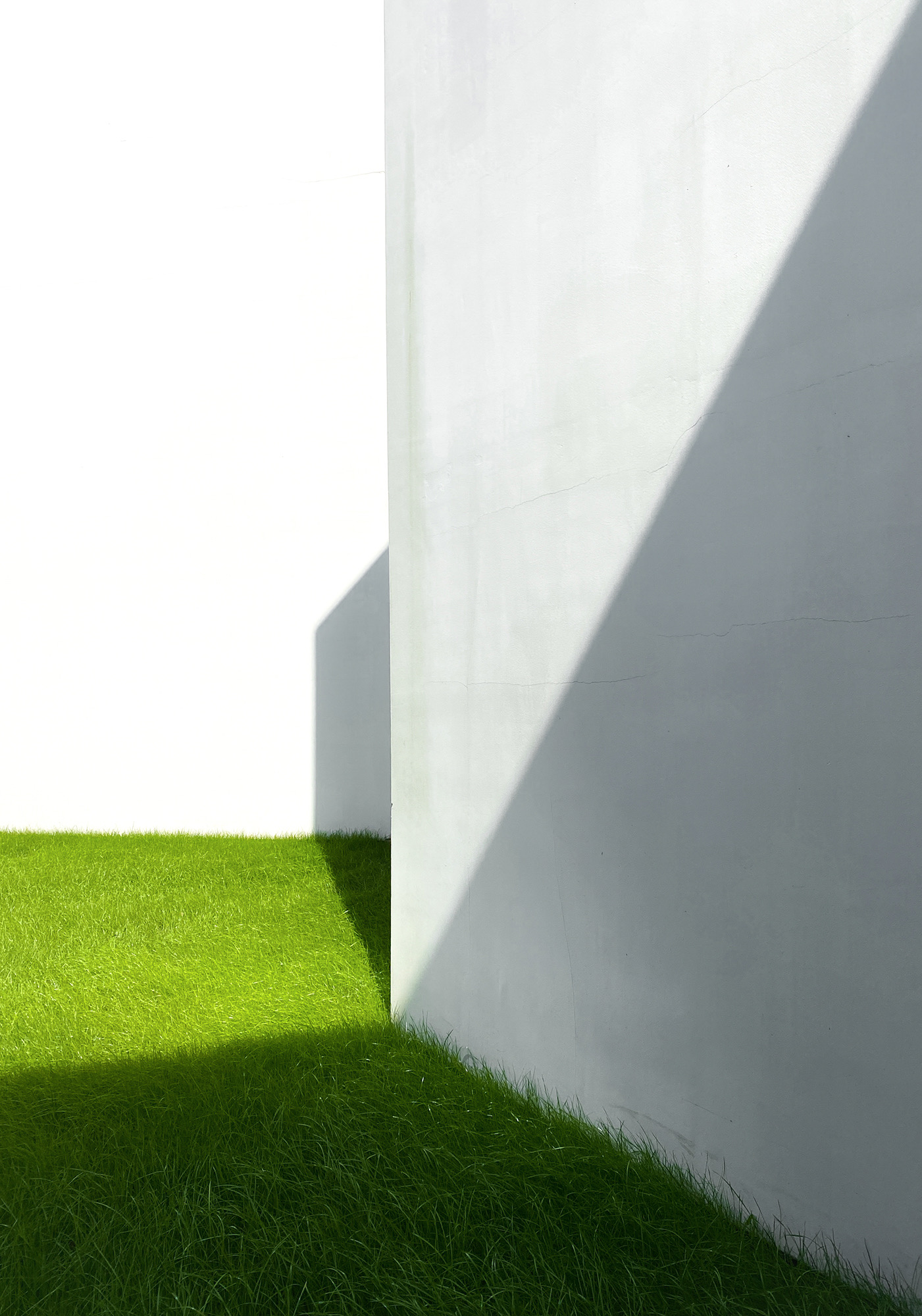
BW: What would you call your style of photography? I see a deconstructivist/post-modernist sensibility, but that may just be my Western eyes.
LK: I think deconstructivism or post-modernism may be suitable descriptor based on specific photos you might view. But I work consciously using a particular style rather than having a style that defines me. I prefer to consciously adhere to a consistent visual style only within individual projects, not for every project. That’s because I select a visual style to serve the project, one that best expresses my concept.
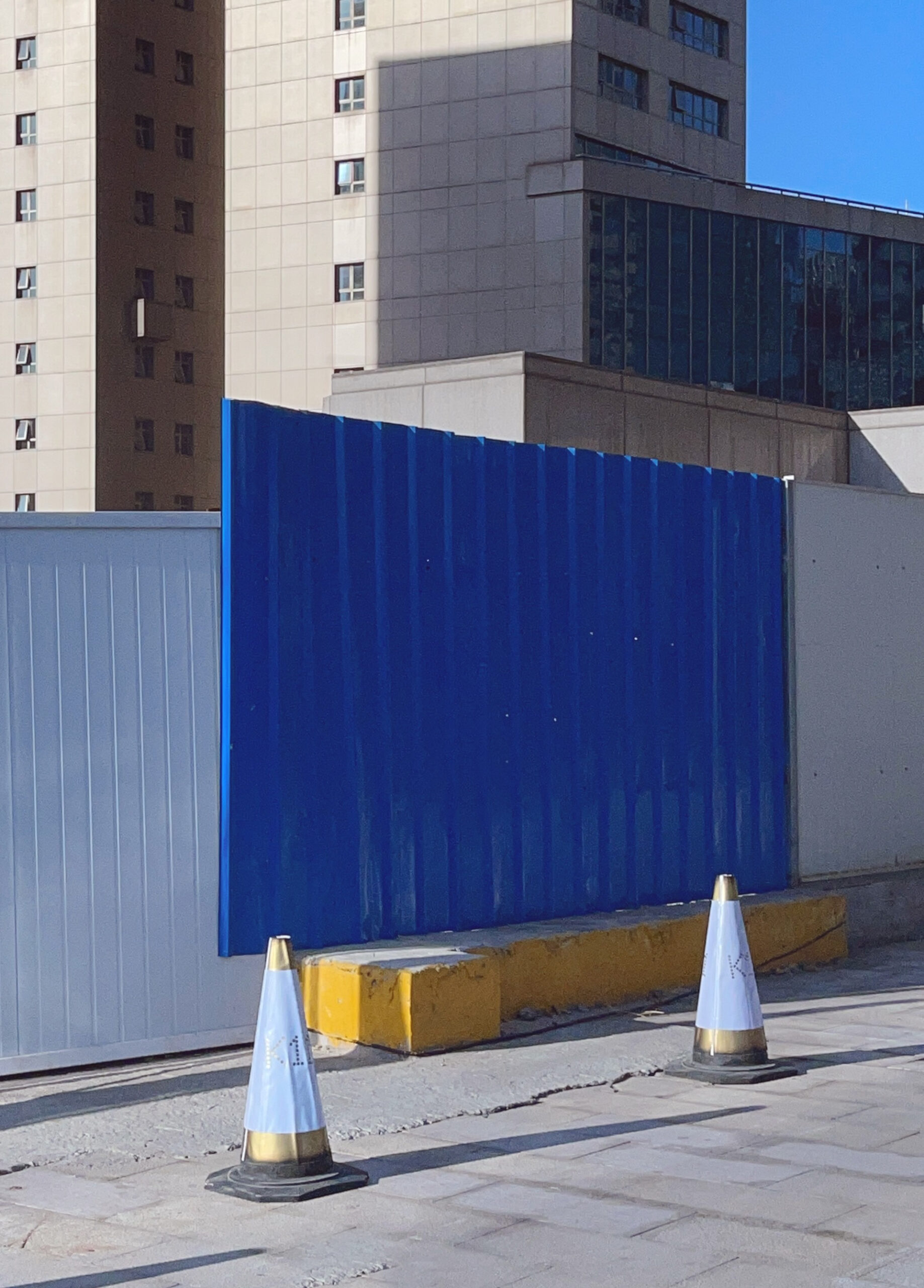
BW: Is your work a metaphor for or representation of something else? I’m thinking of Kant’s distinction between “the thing (or world) in itself,” and the world as we see it. I wonder if your work doesn’t seek to reconcile the two, to bring them closer together. Let me know if I’m entirely mistaken.
LK: I always try to identify the relationship between things, and communicate my perceptions and thoughts through my work. The manner in which we observe things sometimes decides their essence. I do try to “dismantle” the original order of a scene or subject, and then recompile and reorganize, using a simple visual language to express something new, and to explore the boundaries of photography. Photography is a great tool for me to explore the world and express my thoughts, and not only to record a beautiful scene.
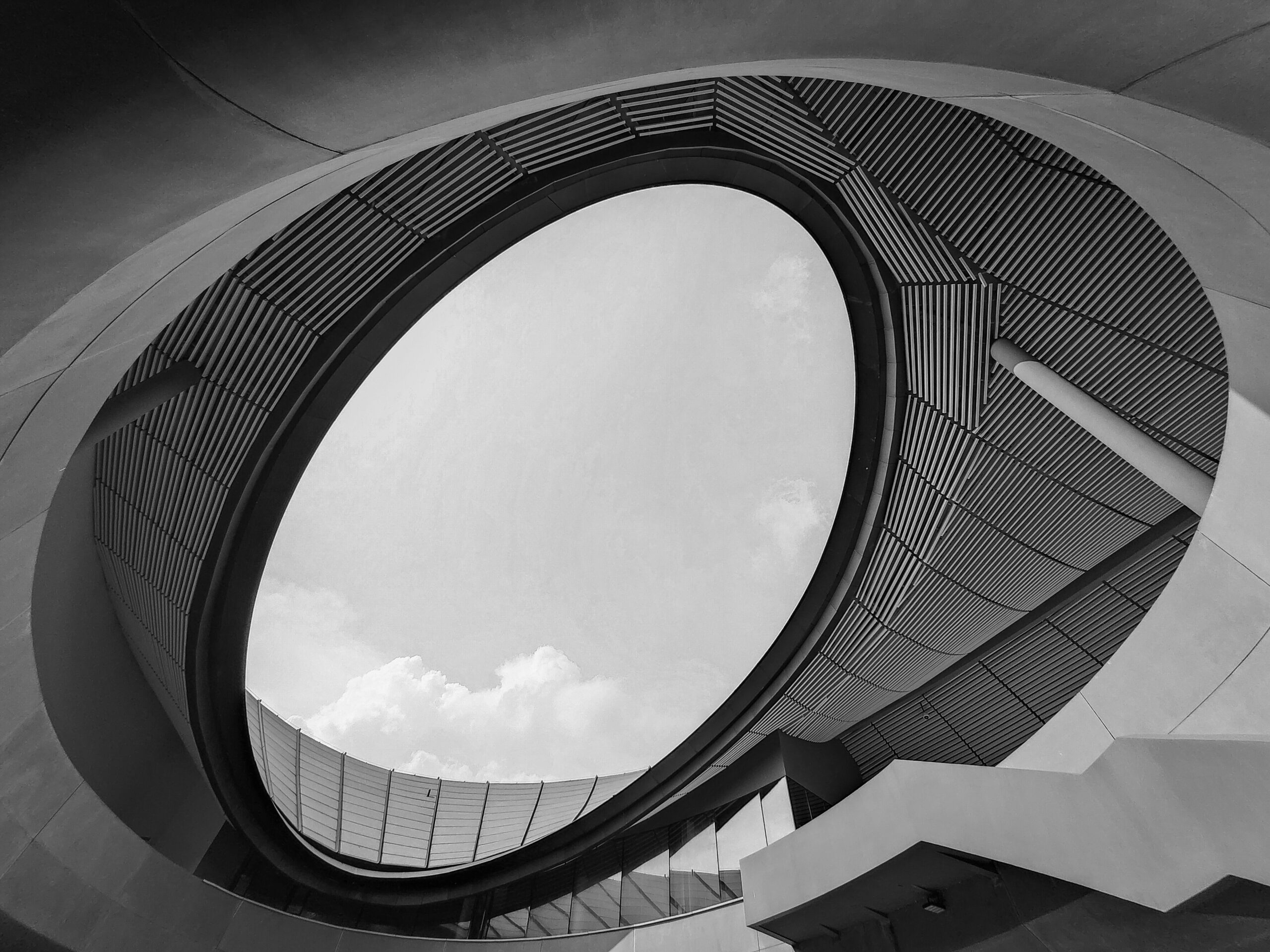
BW: What prompted your decision to concentrate most of your photography on architectural forms rather than people or nature?
LK: Architecture is easy to find, surrounding and enclosing us as it does. It is not hard to find subjects. The most important factor is that architecture represents an aesthetic concept, embodying changes over the course of history behind the facia, structure and color. We can deduce a great deal of information from architecture. It’s really fascinating.
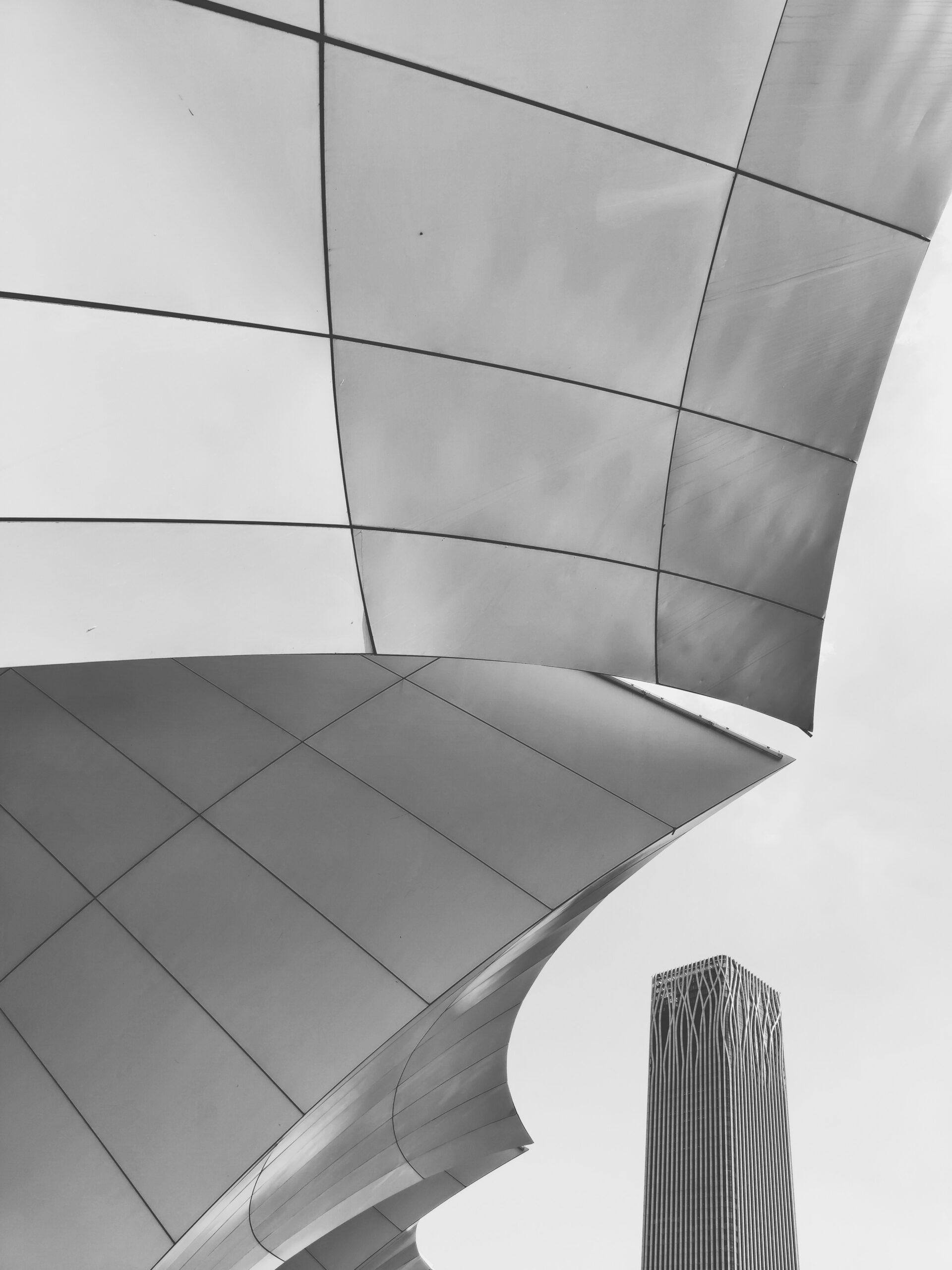
BW: How do you go about finding your ideas?
LK: It’s hard to say. Most of photos I create using my mobile phone are inspired by an instinctive reaction to the scene, and my sensibility to structure and color, as well as my state of mind and emotions in the moment. If these ideas are part of a long-term photography project, they always proceed from my interests and research. Photography is a one way for me to find answers or raise questions in my work.
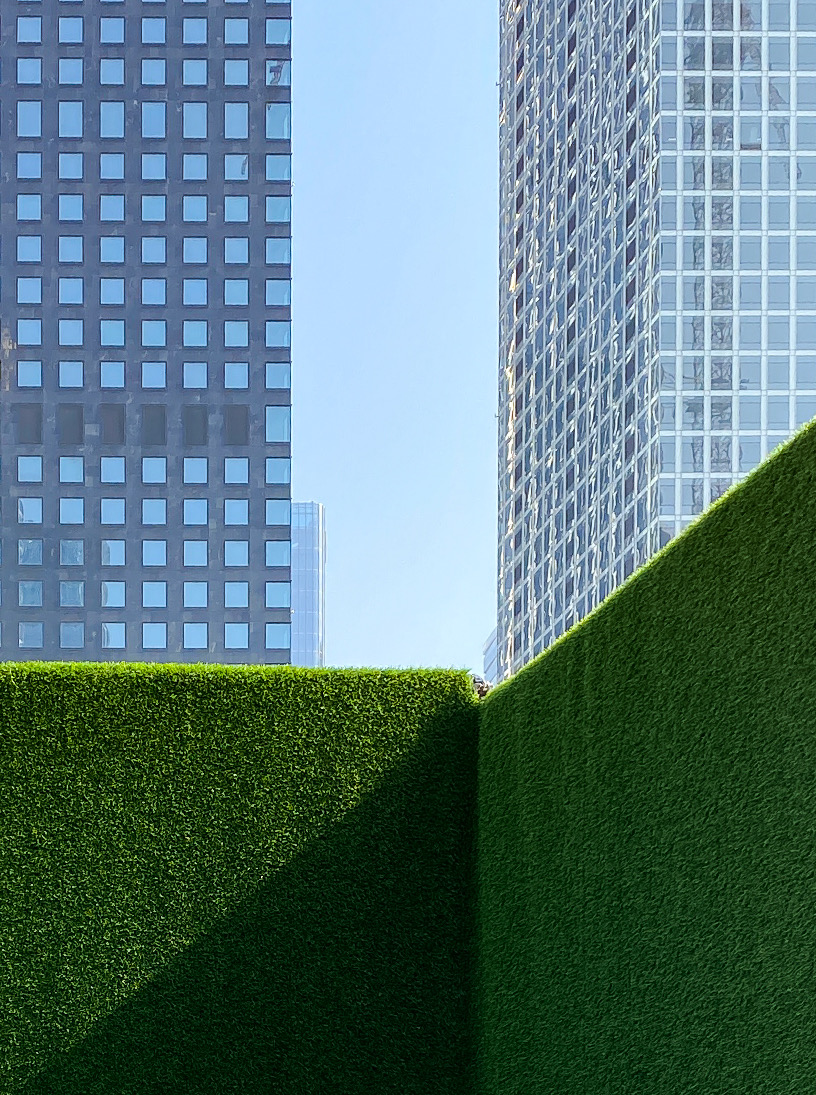
BW: How do you set up or frame a scene?
LK: My approach is quite flexible and depends on what kind of image I want to create, and what feelings or concept I want to convey.
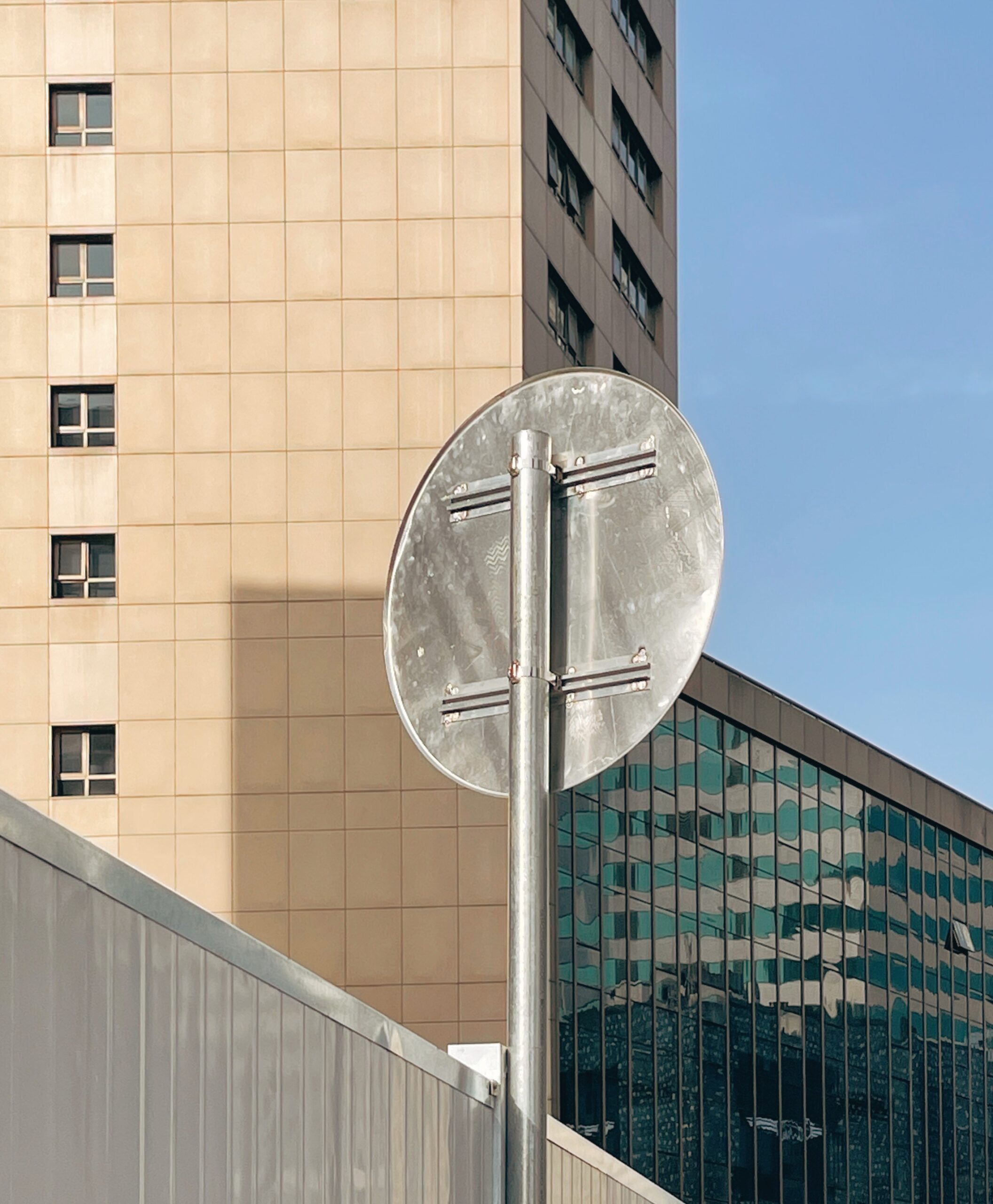
BW: Do you use the iPhone or other mobile camera, or do you use a camera app on your mobile phone? If so, which one(s) do you prefer and why?
LK: I always use my iPhone for photography. Adobe Photoshop Express is my most frequently used iPhone app. It has comprehensive functions and allows you to edit photos quickly and is not hard to use.
BW: What mobile post-processing apps do you use in your work? Any on the desktop? Please briefly describe your post-production process.
LK: I always use the Adobe Photoshop Express app on my mobile phone and Photoshop on the desktop. In post, I generally start by adjusting the basic parameters and settings, like exposure, contrast, saturation and curves to achieve an overall look for the image. Then, I will remove any unwanted elements or impurities to give the image a cleaner look (if required) and then optimize the color using HSL adjustments and some color filters. The overall process is not complex but time consuming and efficient in creating a consistent look.

BW: What kinds of creative patterns, routines or rituals do you observe to help you reach your goals?
LK: Generally, I will make a comprehensive plan to identify what kinds of photos I will try to create. I will do some research on the elements related to my project concept, and think about what they will look like and what conditions will be needed to make the final images as effective as possible. Then I will take some test photos, and optimize my plan based on the testing.
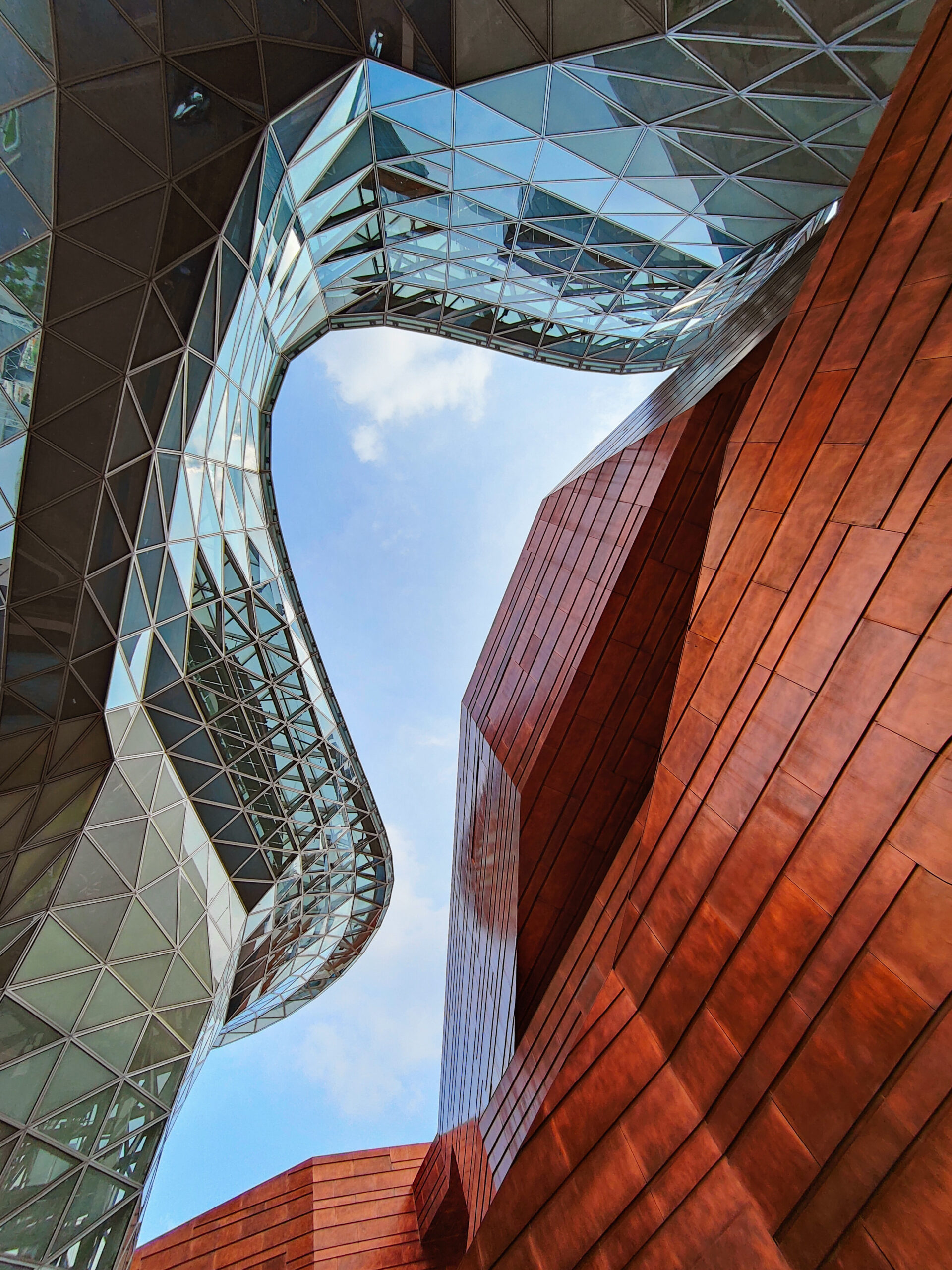
BW: In our exchanges, you indicated that you would prefer not to provide captions or descriptions beyond the brief titles you included with each image.
LK: We live in a fast-paced world, which is restless and seeks quick answers. It would be my hope that each of us set aside the quality personal time, alone time, where we can better think, create and enjoy what we have seen or made. It’s like my image style, if you could call it that. Sometimes my pieces look tranquil and (perhaps) a little similar in style to some of the work of the Kunstakademie Düsseldorf. I always create my images while listening to contemporary piano or New Age music. It’s my personal time, and I try to think deeply of the world and conjure up potential new photographic subjects in my mind. There’s always the hope that audiences can pause and really look at and think about these deliberately created images, and not think of them as “fast-food” snapshots. This partly explains my desire to let images speak on their own, without explanation.

BW: What advice would you have for someone aspiring to pursue work that concentrates on line, color, light and architecture?
LK: From a technical perspective, I think daily practice, especially in focusing on structural diagrams and schematics, is very important. The more that one can learn about color and abstract art, the better for the resulting work. This study will help cultivate sensibility toward structure and color, as well as an understanding of how to evaluate them in a scene. Regarding the initial photographic concept, a broad knowledge of photographic art remains vital for one to understand how to create meaning and depth, and to ensure that the work does not solely focus on surface visual beauty.

BW: Tell us briefly about the photographic work that you do with more “traditional” cameras.
LK: I use traditional cameras to create long-term and contemporary photography projects with clear storyline or concept. For example, my recent project “Unknown Dream” is about my feelings and experience during COVID-19. I try to deconstruct and combine familiar daily necessities or ephemera in my small room, so that these seemingly unrelated items glow with a new vitality, establishing a new relationship between me and them, as well as among themselves.
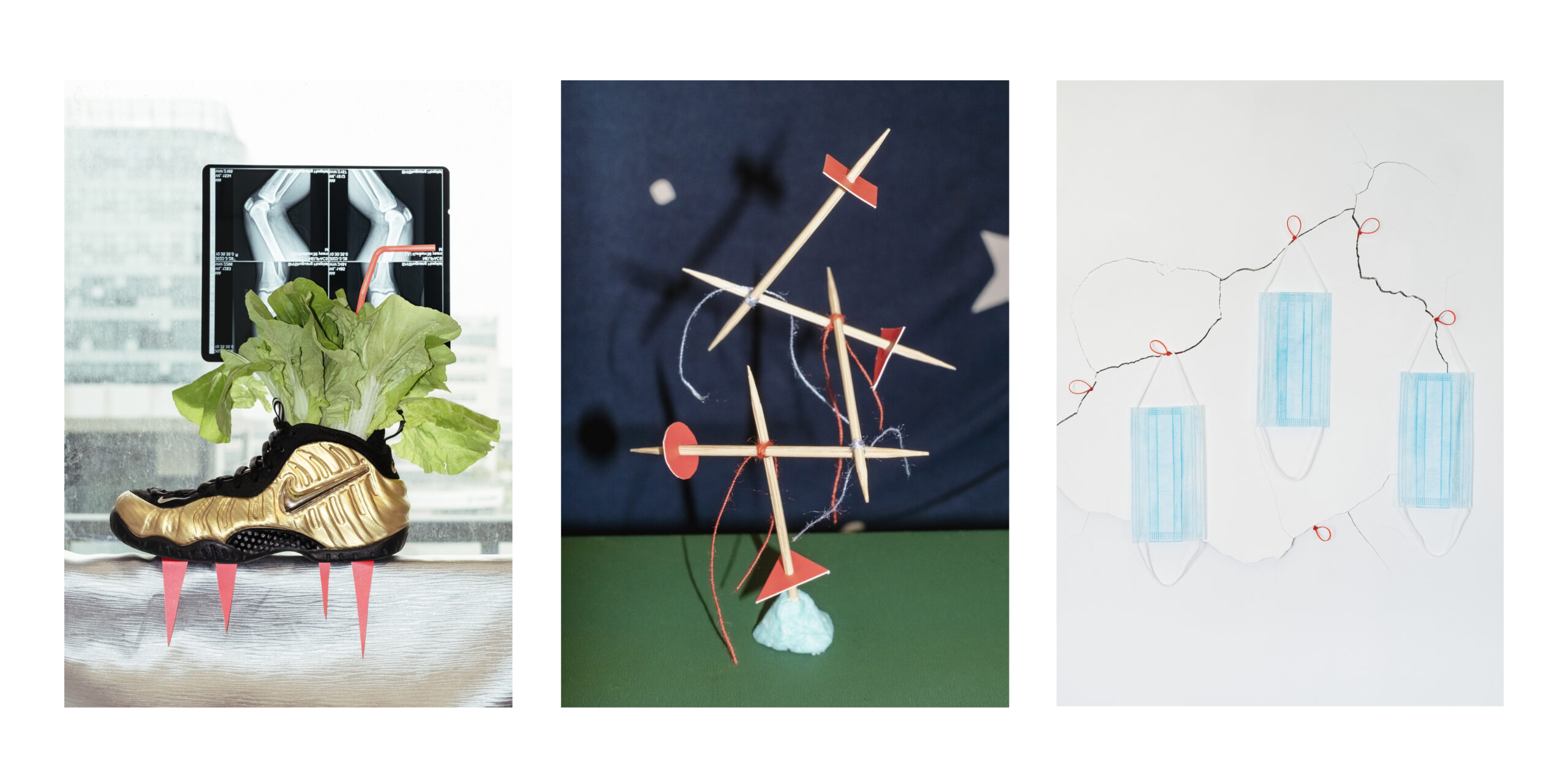
BW: What are your future creative plans?
LK: I will continue to use mobile photography to capture images, focusing on my daily life moments and wonderful experiences. In addition, I have ongoing contemporary photography projects focusing on city development, mystical events, and my hometown.

LIU KUNKUN
ABOUT THE INTERVIEWER
Bob Weil is a former marketing exec and practicing mixed media digital pictorialist living in Omaha, Nebraska. He has won numerous awards for his work and has exhibited in New York, Los Angeles, Canada, Italy and Portugal. He is a published author and teacher on digital art subjects with 2,400 students in 52 countries. Bob co-authored The Art of iPhone Photography with Nicki Fitz-Gerald for Rocky Nook Photography Books.





Gary Litwin
October 23, 2022 at 13:00
Outstanding choice of artist, Bob!
Liu’s work is inspirational… Wonderful vision and composition!
Bob Weil
June 14, 2023 at 23:46
Thank you, Gary – so sorry that I didn’t get notified of your comment until just now. Liu does have an unique vision that is stripped of all excess. Fascinating personality as well.
Elizabeth Klanac
October 23, 2022 at 13:05
Great interviewing, and great questions. And wow wow wow, I love this work.
Liu, You truly have an extraordinary high for graphic design. Your images take things that are seen and your intuition and editing choices make them transition into something else. I am truly amazed, and now I wanna dig up more work about you.
Bob Weil
June 14, 2023 at 23:47
Thank you for the very kind words, Elizabeth. I’m so sorry that for some reason I was only just notified of your comments – not sure why. I shared your comments with Liu in case he missed them here.
Rich Bristow
October 23, 2022 at 14:40
I agree with Elizabeth, generally captivating interview and stunning form that has been seen and recorded. Most inspiring
Bob Weil
June 14, 2023 at 23:48
Huge apologies for not replying until now – I don’t seem to have been notified by the automated widget when someone comments. I appreciate the kind words and agree that Liu is an inspiring artist.